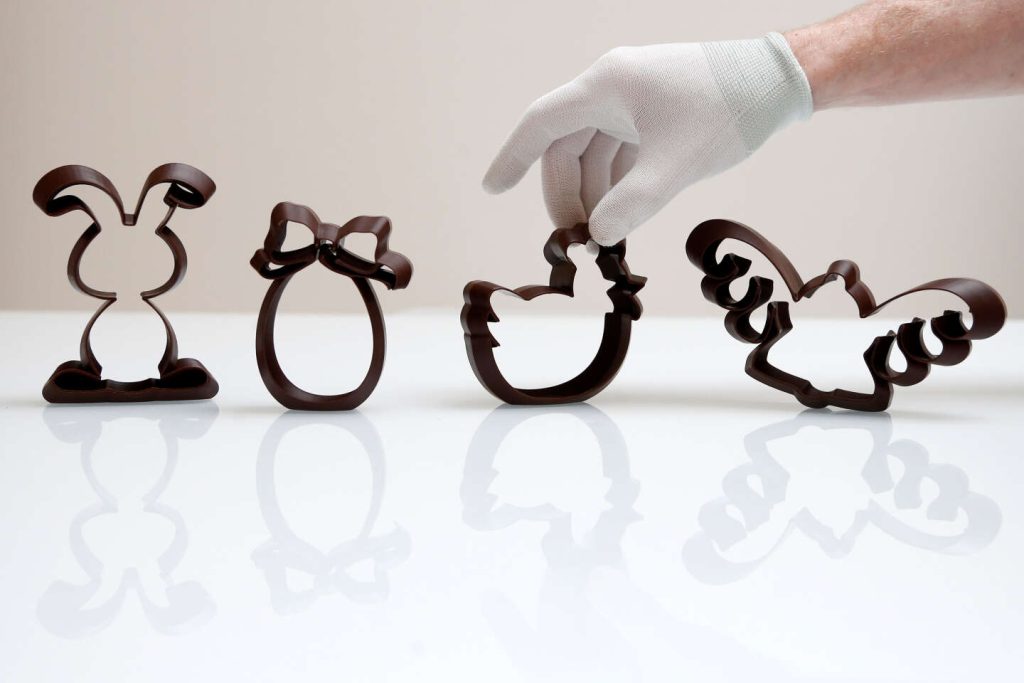Easter is a time when chocolatiers cater to a variety of traditions by offering a range of chocolate treats such as bunnies, chicks, and bells, as well as eggs. In France, there is a tradition where the bells bring the Easter eggs, which is linked to the silence of the church bells during the period leading up to Easter. According to the tradition, the bells fly to Rome to receive blessings from the Pope or to be melted down before returning with eggs and gifts for children on Easter Sunday. Eggs are a symbolic representation of renewal, fertility, and life, and have been a part of Easter since the 12th century.
It is important to note that the Easter Bunny is not necessarily a rabbit in all cultures. In Alsace, the Easter Bunny is actually a hare, while the Swiss refer to it as a rabbit, and in English, it is known as the Easter Bunny. The legend of the Easter Bunny originated in Germany and spread to the United States, the United Kingdom, Central Europe, Alsace, and Moselle. The choice of using mammals like hares and rabbits to bring eggs to children is linked to their symbolism of fertility and life, as these animals reproduce in the spring. The first documented mention of the Easter Bunny dates back to 1682, further solidifying its place in Easter traditions.
In some families, children are told a different story about the origins of Easter eggs, attributing them to hens instead of bells or bunnies. This variation in tradition adds to the diversity of Easter customs. The use of chocolate eggs as part of Easter celebrations can be traced back to the historical context of forbidding egg consumption during Lent, leading to an abundance of eggs by Easter. This surplus of eggs led to the creation of various Easter treats, such as meat and egg pies and pastries. Over time, chocolatiers seized the opportunity to transform these eggs into chocolate delights, further enhancing the Easter experience.
The association of eggs with Easter extends beyond just chocolate treats, as they hold deeper symbolic meanings of rebirth and new beginnings. The history of using eggs during Easter dates back centuries, and the tradition continues to evolve with modern interpretations. Whether it is the bells, bunnies, or hens that children associate with Easter eggs, the spirit of the holiday remains consistent in celebrating life, hope, and renewal. As chocolatiers continue to innovate and create new Easter treats, the traditions and customs surrounding the holiday will remain a cherished part of cultural celebrations across regions.
Overall, Easter traditions are diverse and varied, with each culture adding its unique twist to the celebration. From the symbolism of Easter bells bringing eggs to children to the whimsical tales of hares and rabbits delivering chocolate treats, the spirit of Easter is captured in different ways around the world. The evolution of Easter traditions reflects the changing times and cultural influences, while still maintaining the core values of family, faith, and community that define the holiday. Whether it is through the indulgence of chocolate eggs or the sharing of festive meals, Easter is a time for joy, renewal, and togetherness.


